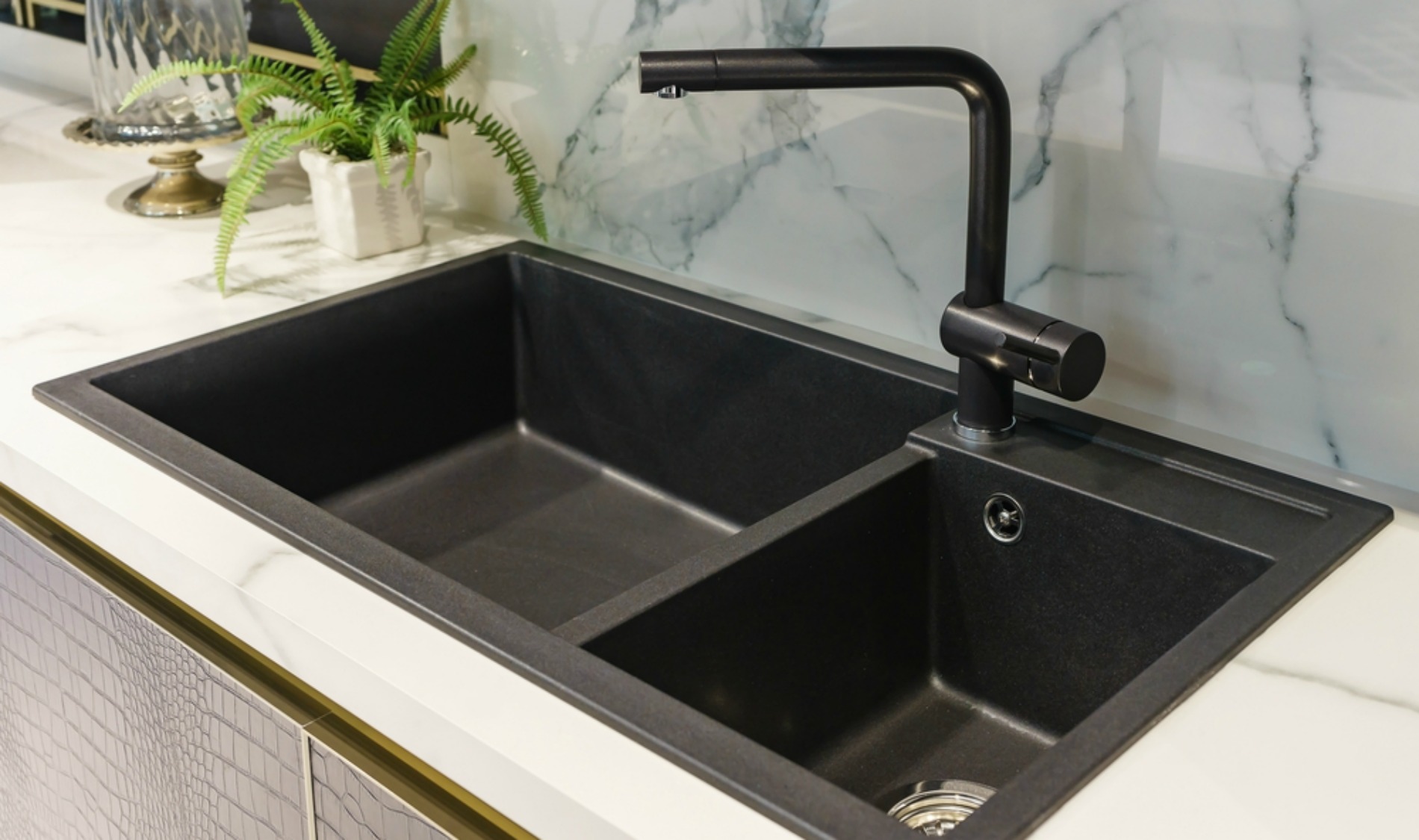Introduction: The Quest for a Sparkling Black Sink
A black sink, with its sleek and elegant appearance, can be the centerpiece of any modern kitchen or bathroom. However, maintaining its pristine look requires some extra care, as it tends to show water spots, limescale, and other residue more visibly than lighter-colored sinks. Fear not; with a few simple cleaning strategies and regular maintenance, your black sink can retain its spotless charm. In this guide, we delve into effective techniques for cleaning and preserving the beauty of your black sink.
Understanding the Importance of Regular Cleaning
Regular cleaning is fundamental to preventing stubborn stains and preserving the sink’s glossy finish. Daily wiping with a soft cloth after use can go a long way in minimizing water marks and preventing the buildup of grime. Use a mild detergent mixed with warm water for this purpose. Avoid abrasive cleaners or pads, which can scratch the surface, leading to a dull appearance over time.
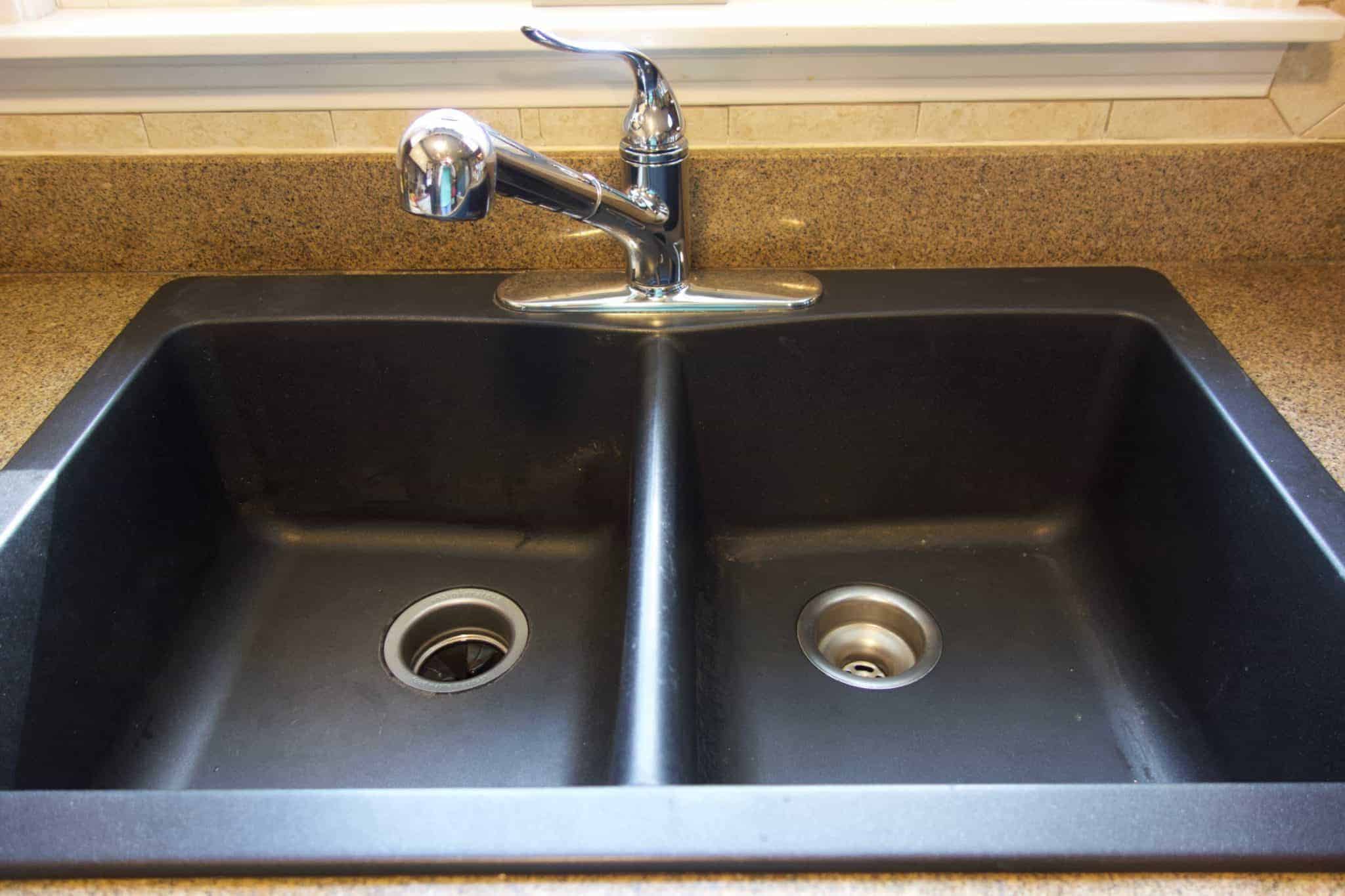
Dealing with Stubborn Stains: A Gentle Approach
Stubborn stains like rust or hard water deposits require a more targeted approach but must still be handled gently to avoid damage. For these issues, create a paste using baking soda and a small amount of water. Apply the paste directly onto the stain, let it sit for about 15 minutes, then scrub gently with a non-abrasive sponge or brush. Rinse thoroughly with warm water. This natural cleaner is effective yet gentle enough not to harm the sink’s surface.
Shine Restoration: vinegar and Lemon’s Natural Magic
To restore the sink’s shine and tackle lingering odors, utilize the natural acidity of vinegar or lemon juice. Mix equal parts of water and white vinegar or squeeze fresh lemon juice directly onto the sink. Using a soft cloth, wipe the entire surface, allowing the solution to break down any residual grime and disinfect naturally. After a few minutes, rinse with water and dry with a clean cloth. This method not only cleans but also imparts a refreshing scent.
Tackling Limescale with a Softer Touch
In areas with hard water, limescale can accumulate quickly, making your sink appear dull. To combat this, use a solution of equal parts water and white vinegar. Soak a paper towel in the solution and lay it over the affected area. Let it sit for an hour or overnight for severe cases. The acid in vinegar helps dissolve the limescale without harming the sink’s finish. Wipe clean and rinse thoroughly.
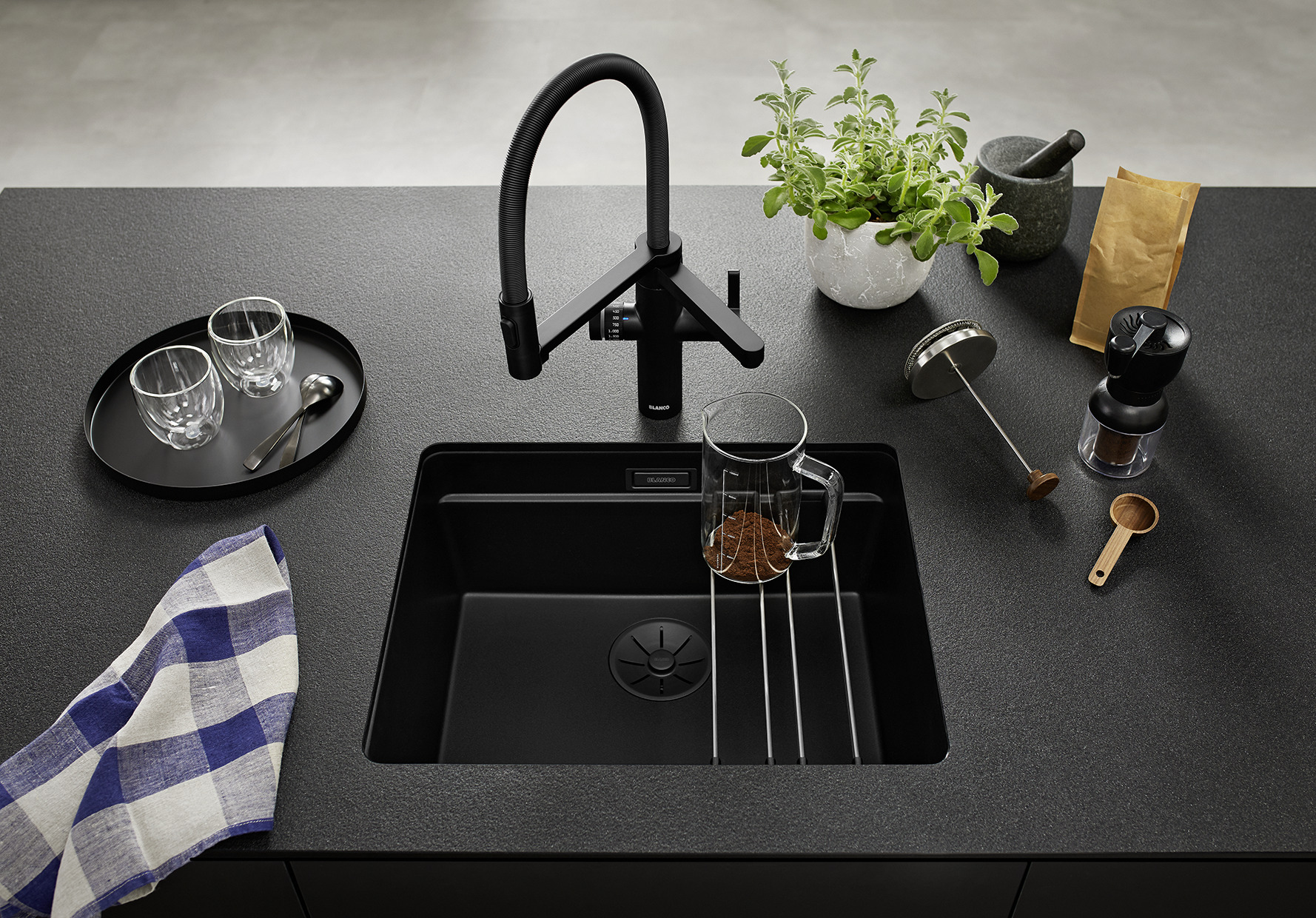
Preventive Measures: Maintenance for Longevity
Prevention is always better than cure. Installing a water softener can significantly reduce limescale formation if you live in a hard water area. Additionally, using a sink grid can protect the basin from scratches caused by pots, pans, or heavy utensils. Regularly applying a sink-specific protective coating can also help repel water spots and stains, ensuring your sink retains its gleam longer.
The Art of Dry Cleaning for a Flawless Finish
One often overlooked aspect of sink maintenance is drying. After each use or cleaning session, ensure the sink is completely dried using a microfiber cloth. This simple step prevents water spots from forming and maintains the sink’s sleek appearance. It may seem trivial, but consistent drying can make a significant difference in the long run.
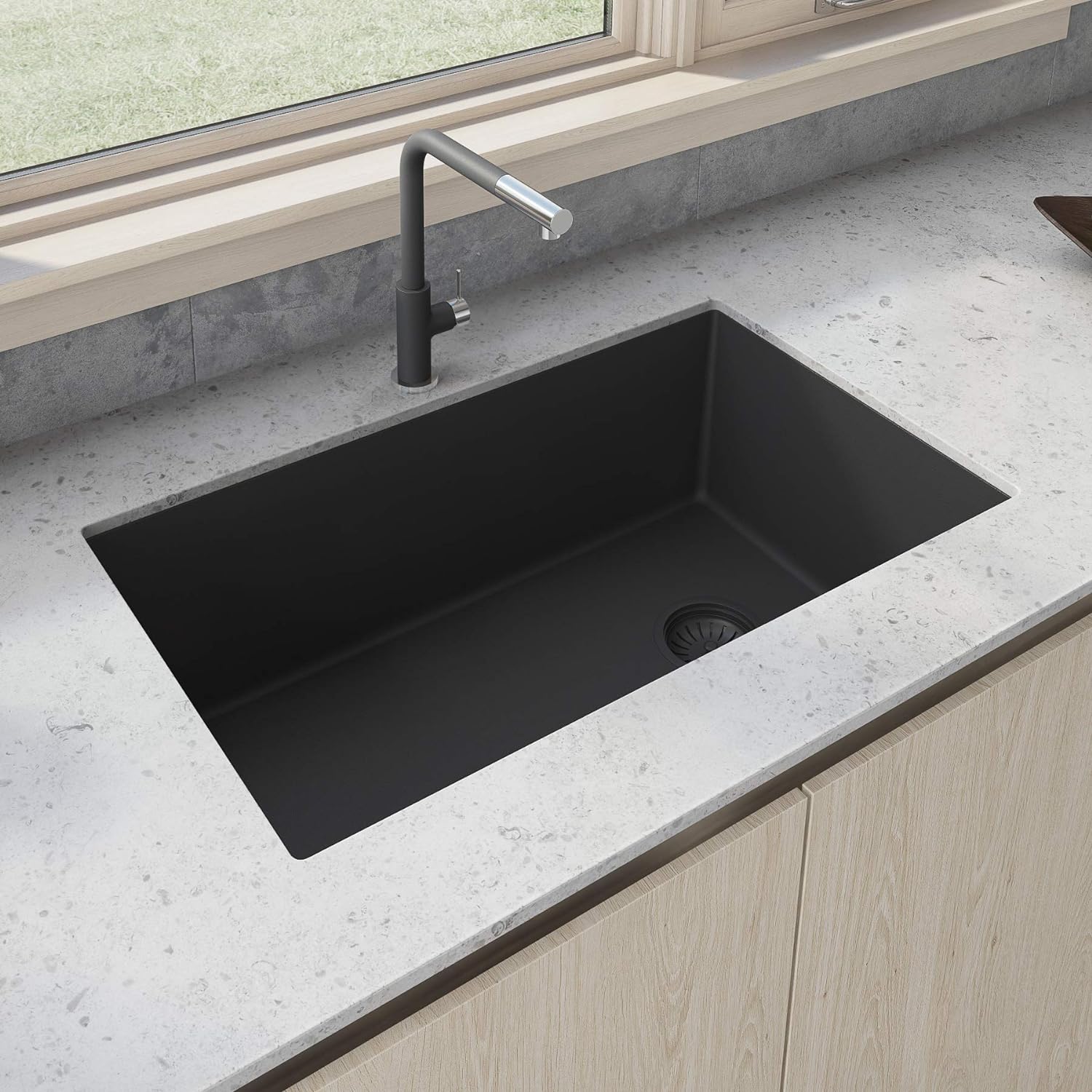
Caring for Delicate Materials: Special Considerations
When dealing with sinks made from more delicate materials such as marble, granite, or porcelain, extra care must be taken to preserve their beauty and integrity. Avoid using abrasive cleaners or scrubbers that could scratch or dull these surfaces. For marble and granite, stick to pH-neutral cleaners specifically designed for natural stone to prevent etching. Porcelain sinks can benefit from gentle cleaning with a solution of mild dish soap and warm water, followed by a thorough rinse.
The Copper and Brass Conundrum: Polishing with Care
Sinks crafted from copper or brass add a touch of elegance to any space but require special attention to maintain their unique patina. Avoid harsh chemicals that can alter the finish. Instead, use a mixture of salt and lemon juice or a specialized metal polish to gently rub away tarnish. Always follow the grain of the metal to enhance its natural shine. Rinse well and dry immediately to prevent water spots.
Eco-Friendly Alternatives for Daily Cleaning
For those looking to minimize their environmental footprint, there are several eco-friendly alternatives to conventional cleaning products. White vinegar and baking soda, already mentioned for their effectiveness, are prime examples. Castile soap, made from vegetable oils, is another excellent option for daily cleaning needs. It’s biodegradable, gentle, and effective at cutting through grease without leaving harmful residues.
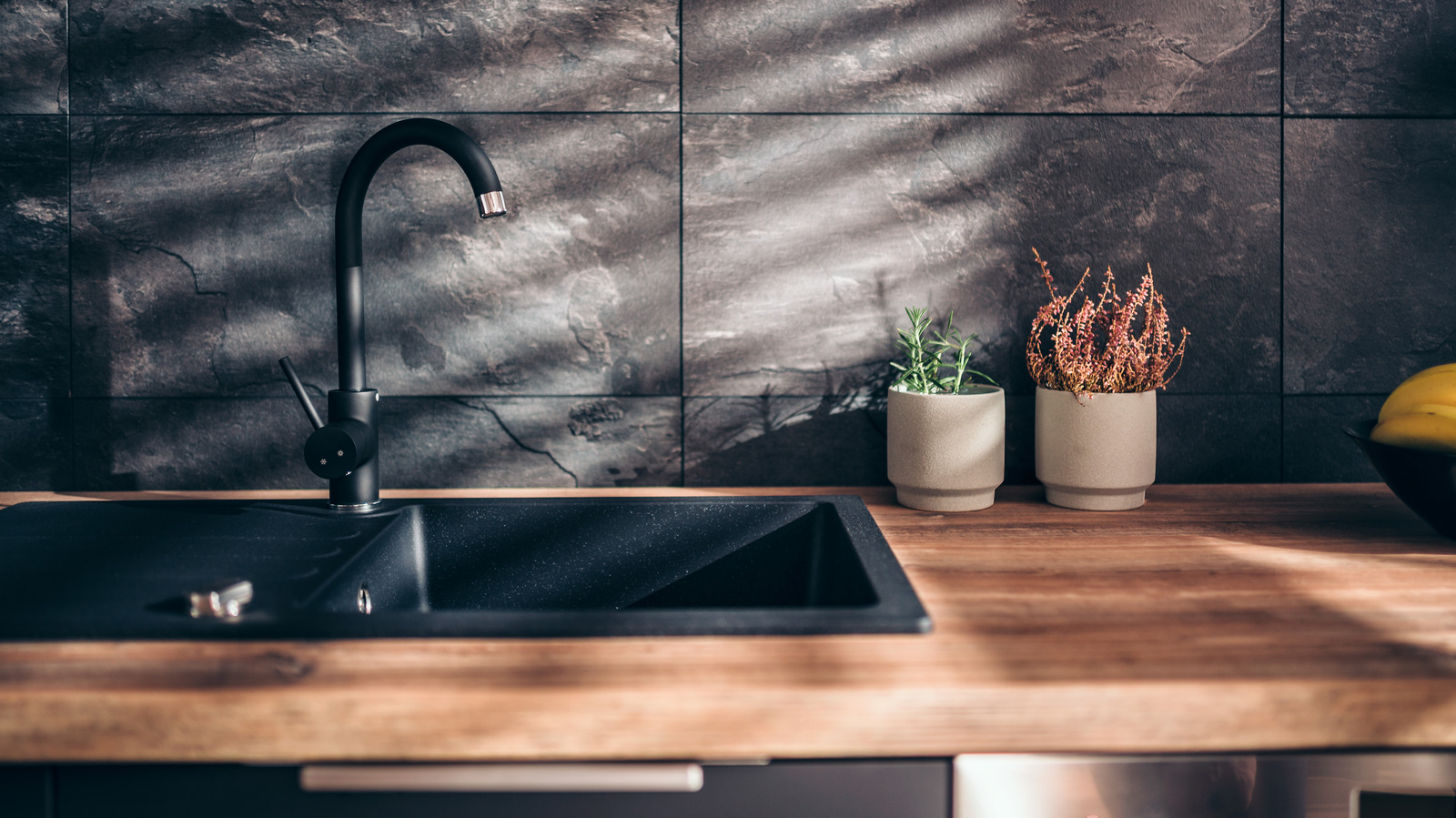
Smart Storage Solutions: Declutter for Easier Cleaning
Keeping the area around your sink free from clutter not only enhances aesthetics but also facilitates easier cleaning and maintenance. Install a magnetic strip for knives, a hanging rack for utensils, or a caddy under the sink for cleaning supplies. By doing so, you reduce the chances of accidental scratches and make routine wipe-downs more manageable.
The Importance of Regular Inspections
Incorporate regular inspections into your sink maintenance routine. Check for signs of leaks, cracks, or other damage that might worsen over time if left unaddressed. Early detection can save you from more extensive repairs and potential water damage. Don’t forget to inspect the drain and pipework periodically for clogs or corrosion.
Sealing Natural Stone Sinks: Preserving Beauty and Durability
Natural stone sinks, such as granite or marble, bring a touch of luxury to the kitchen or bathroom. However, they require proper sealing to prevent staining and maintain their inherent charm. Use a high-quality, food-safe stone sealer annually, or as recommended by the manufacturer. This protective layer helps repel water and oils, ensuring the stone stays beautiful for years to come. After sealing, avoid acidic cleaners and abrasive sponges that can damage the surface.
The Art of Disinfecting: A Balance Between Clean and Safe
Disinfection is crucial in high-traffic areas like the kitchen and bathroom sink. To disinfect without harsh chemicals, mix equal parts water and distilled white vinegar in a spray bottle. Apply the solution, let it sit for a few minutes, then wipe clean with a damp cloth. For tougher jobs, hydrogen peroxide can be an effective, eco-friendly alternative to bleach. Remember to always read product labels and test on a small, inconspicuous area first.
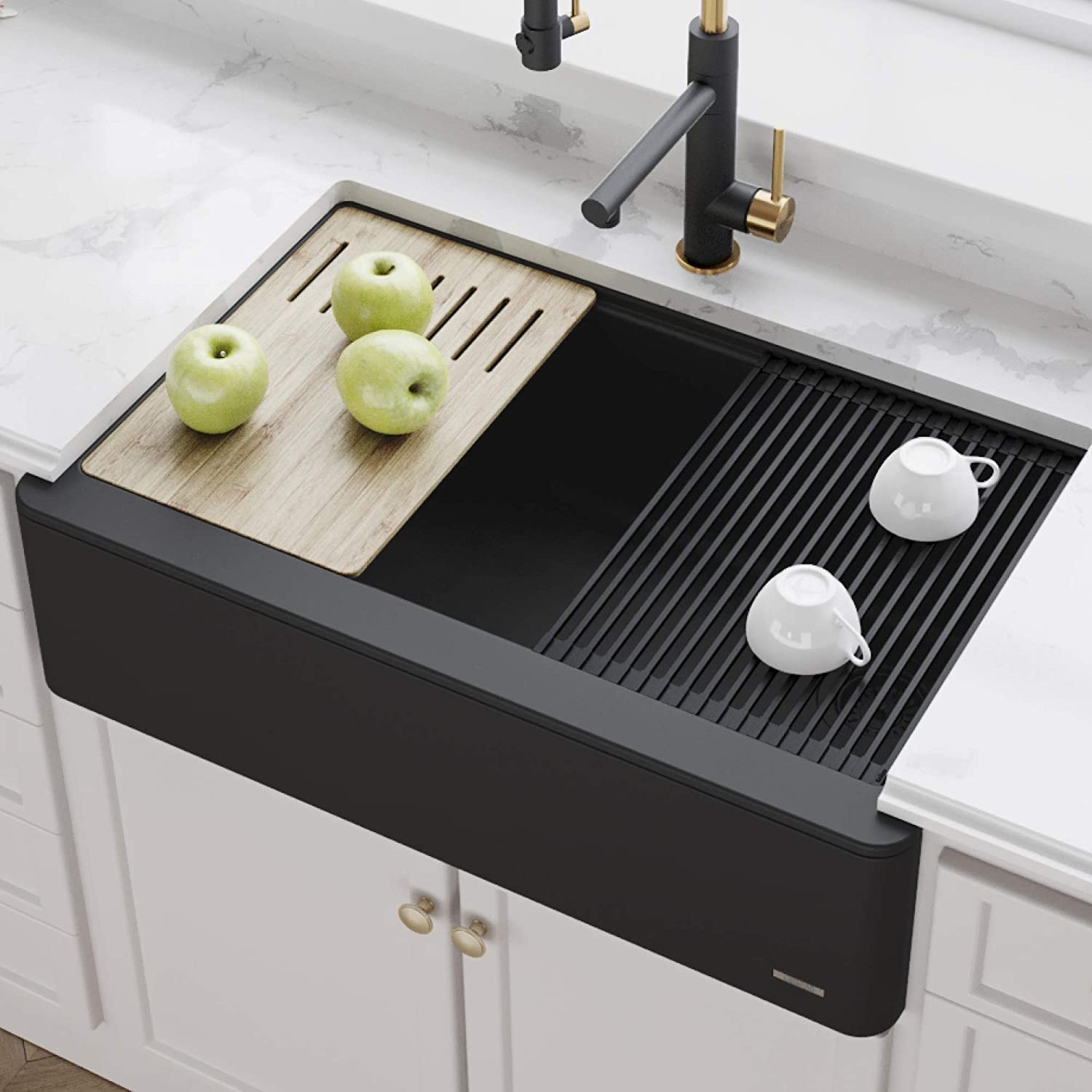
Conclusion: Savoring the Beauty of a Well-Cared-For Sink
A black sink, when well-maintained, adds a touch of sophistication and elegance to any space. By adopting a routine that includes daily wiping, weekly deep cleaning with natural solutions, and preventive measures, you can keep your sink looking as good as new. Remember, gentle care and consistency are key to preserving its spotless finish. With these easy-to-follow tips, your black sink will continue to be a shining example of cleanliness and style in your home.
